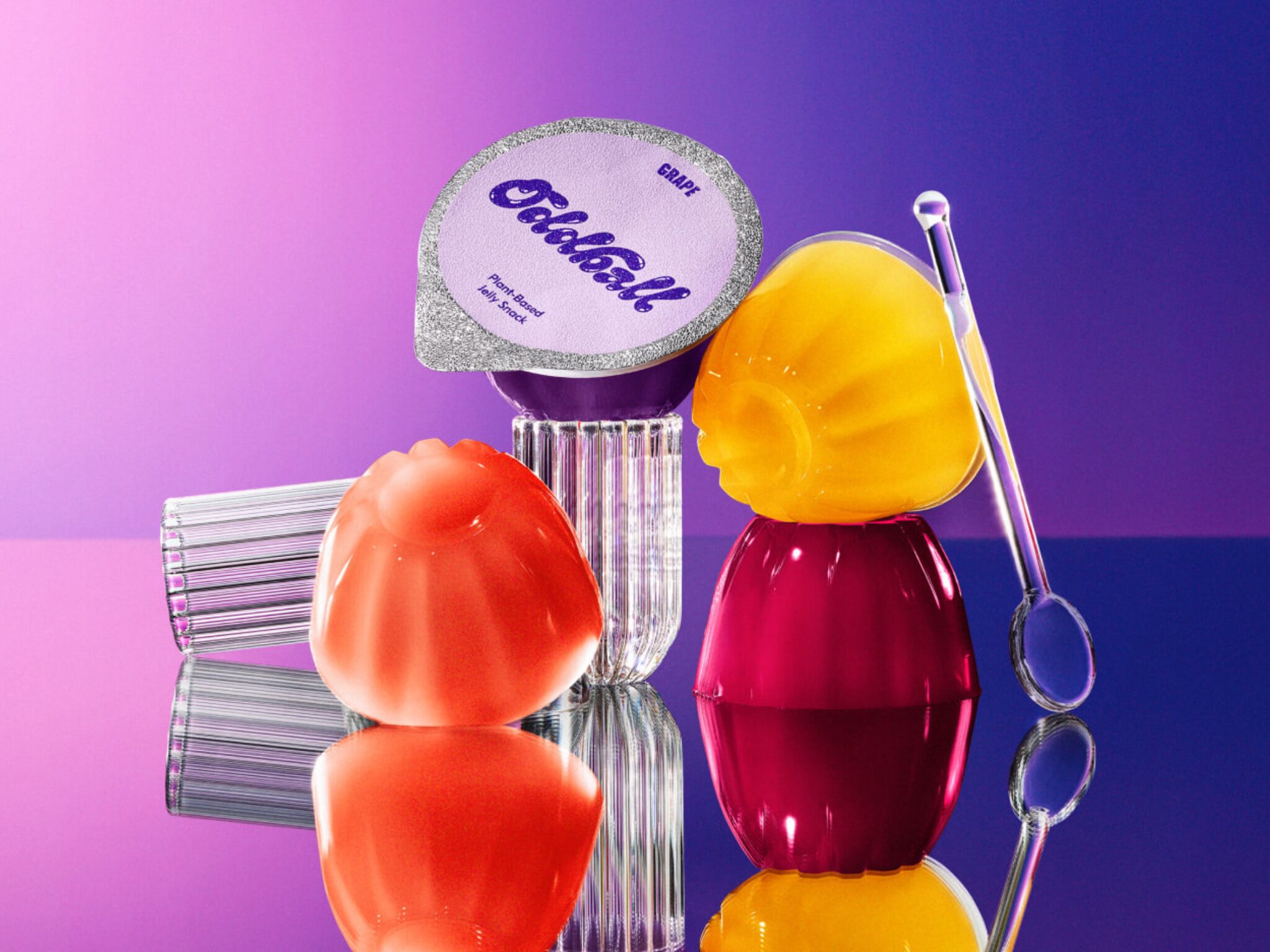Breaking the Jell-O Mould: Oddball’s Sophia Cheng Wants to Make Plant-Based Jelly a Superfood Snack
11 Mins Read
Oddball is hoping to reinvent jelly from the “almost scientific product” to a vegan, clean-label, superfood snack that takes inspiration from her childhood growing up in Asia and hopes to take back control from the big corps. Will it take off in the Jell-O-dominant US?
Sophia Cheng lays out the basic Asian principles of eating balanced. 1. Food equals health (“the US is just starting to catch up on this concept now”), 2. Embrace texture, 3. Fruit is dessert, 4. Whole-food-based snacking, 5. Less processed food, and 6. Less meat, more plants.
Cheng has combined all six of the principles into a product that challenges what Americans have been eating for over 125 years: jelly. But not jam, which is what they mean by ‘jelly’ stateside – no, these are the wobbly, jiggly, good-for-all-ages desserts that have taken on the name from the ubiquitous, genericised trademark of Jell-O.
“We grew up eating fruit as dessert and snacks,” Cheng, who hails from Singapore tells me. “In the US, ‘fruit snacks’ are Welch’s… which are candies, not fruit-based snacks. I knew it was a huge gap because consumers are looking to eat better, and are so clearly getting sick of ‘catfish foods’.”
It’s a term she has come up with to describe foods that are pretending to be another food. The problem in America was that it was too difficult to eat better. During the pandemic, when Cheng’s husband pointed out that she was stress-eating half a pint of ice cream (in the form of Häagen Dazs bars) each night – come on, who hasn’t? – she had a problem finding snack options that tasted good and were better for her.
“Why are my options either Oreos or Doritos or protein bars pretending to be a carrot cake, or candy with so much fake sweetener it gives me headaches?” she recalls thinking. “They didn’t taste good, and I stopped recognising the ingredients on the label.” So she set out to make a “delicious, simple snack where I didn’t have to guess whether the ingredient was good for me or not”.
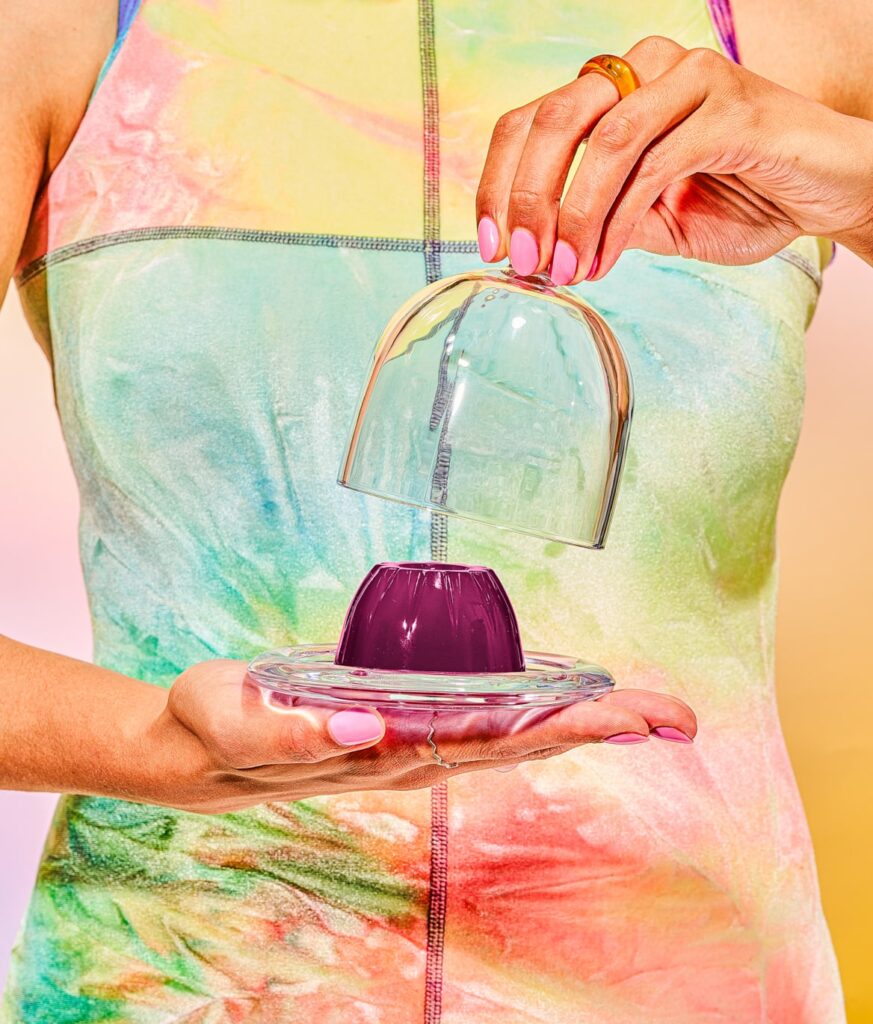
Enter Oddball. “Our American food system is ruled by lobbyists and these three ingredients: sugar, fat, and salt… it’s scary how much control large food conglomerates have over our bodies and our health is not what they are most concerned about,” notes Cheng. “With Oddball, it’s a small step to taking back a bit of control, and an attempt to hold these corporations accountable and raise awareness on what we put in our bodies.”
Why Oddball decided to disrupt Jell-O’s monopoly
Cheng describes Oddball as a concept rooted in the desire to bring Asian eating principles to the US, but in a digestible and acceptable form for Americans. I ask her why she decided to transform the $6.5B gelatin industry. “I’m one of those people [who] prefer to snack and graze all day versus eat full meals,” she tells me. “When I first came to the US for college, I’ve always thought it was bizarre that the only brand of jelly is Jell-O.”
She notes how people often confuse Jell-O as the category, the same way they do Kleenex, Q-Tips, Velcro and Xerox. The brand name is synonymous with the product category due to its sheer dominance. “If you do a deep dive into Jell-O, it is absolutely fascinating,” suggests Cheng. Its origin goes as far back as 1897, with a recipe that essentially hasn’t changed in all the years: water, gelatin, dye and sugar. At its peak, its sales neared a billion, with practically no competition.
It’s a food that made a luxurious product (gelatin) cheap enough to enter every household, and went through multiple phases of evolution – most notably its salad days during the Great Depression. It became a children’s favourite, and took on Bill Cosby – before everything came to light – as its brand ambassador.
“However, I knew from experience growing up abroad that practically nowhere else in the world eats Jell-O,” notes Cheng. “Jelly is a common dessert that comes in different forms – Italy’s panna cotta, France’s flan, Japan’s kanten, etc… What’s interesting is that most Americans had no idea Jell-O is just a brand and there are other variations of jellies in the rest of the world.”
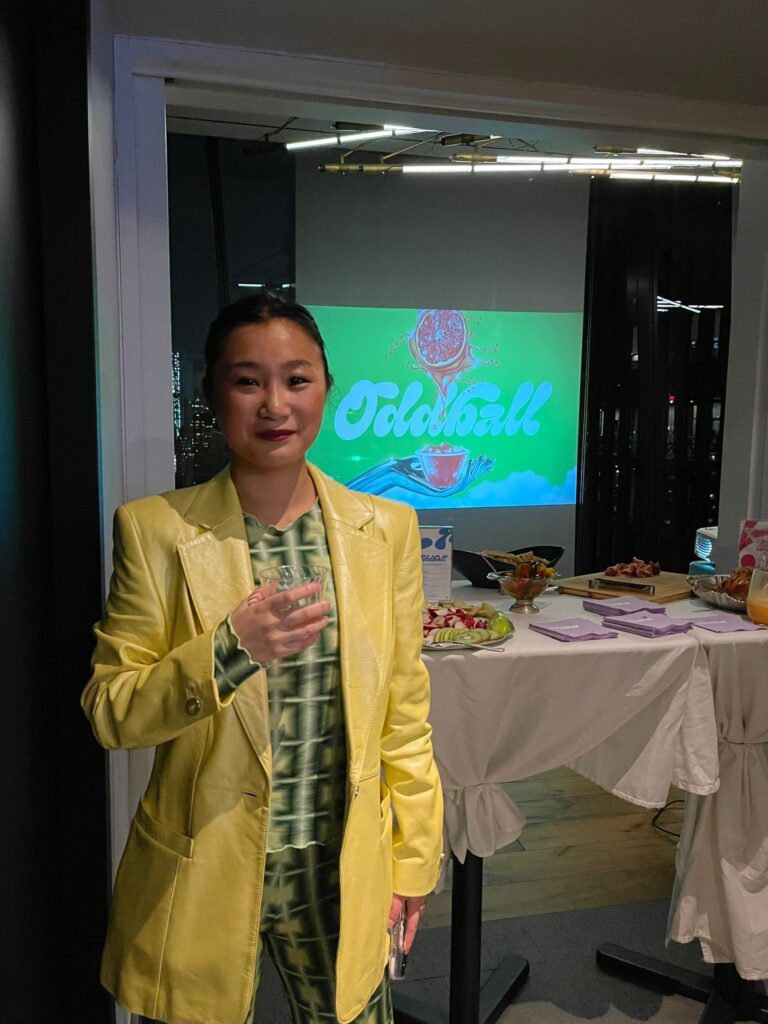
But the tide has shifted over the last couple of decades. Between 2009 and 2013, sales for the jelly giant fell by 19% to $753M (it was ascribed to a shift in consumer attitudes – 10 years ago – towards cleaner labels and healthier eating). By 2022, they had dropped off to $688M. There were multiple factors at play, explains Cheng: changes in consumer preferences towards low-sugar, more protein-centric snacks; Kraft unable to reinvent (or not needing to – “it’s a cash cow for the conglomerate”); having a brand and recipe too rooted in the inventions of the 50s; Cosby’s fall from grace following sexual assault allegations coming to light falling; and Americans catching on to gelatin being animal-based.
“It was hard for people to innovate the category without realising there is an entire world of jellies out there other than the form of Jell-O,” the Oddball founder and CEO says. The Kraft Heinz Company has been attempting to reinvent the brand, unveiling a new design last year to appeal to Gen Z. But it has come during the Great American Jelly Resurgence, with many challenger brands now popping up to make the segment their own.
Vegan jelly is hard to jiggle
While there are some brands making vegan jellies in the US (usually with agar as a base) – Bakol Natural Foods, Simply Delish, Lieber’s, Gefen and Slrrp Shots, to name a few – they’re still minute in comparison to Jell-O. This is because “vegan jellies are actually much harder to work with than traditional gelatin”, as Cheng points out. “It’s much more temperamental and it’s hard to get the texture right,” she says. “While in Asia, we embrace texture as a big part of mouthfeel, eating experience etc., in the US, I find food texture to be quite polarising.”
Growing up in Asia also allowed Cheng to “imagine the myriad of possibilities jelly could be”, something she says Jell-O should have been in the first place, instead of this “almost scientific product” that chases cheap ingredients. “Jelly is one of the most flexible, interesting foods out there that is able to literally mould itself to whatever is needed to be,” she says.
But for her, gelatin as an ingredient is “completely unnecessary”, because Asian jellies are traditionally agar- or konjac-based, and were never using animal products to begin with. The problem, though, is that it’s “extremely difficult” to find the right texture for gelatin-free jellies. “Gelatin has that natural jiggliness that has made it so iconic, but our gelling agents do not,” she says.
“As consumers, we do not tend to like change, and anything that is unfamiliar is often associated with unpleasantness. I think people often overestimate how much change consumers are willing to tolerate, and consumers always oversell how much change they are willing to tolerate as well,” adds Cheng.
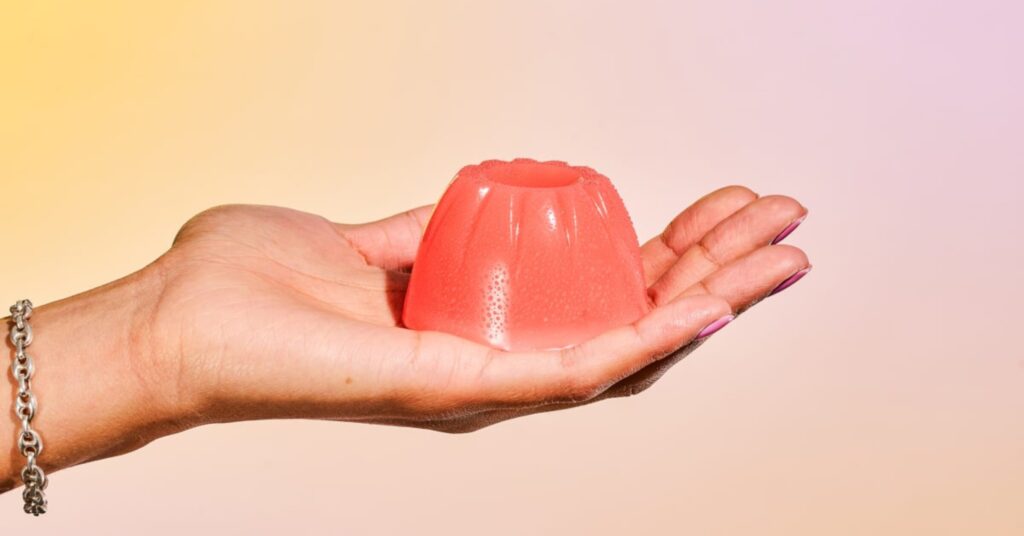
While working for Estée Launder, Cheng spent a year on the side “hauling Oddballs everywhere” to gather customer feedback. “It was almost overwhelmingly the texture,” she recalls. Agar is always much firmer and snappier, rather than jiggly and wobbly. So she sought to reformulate her product, working with in-house R&D chef Shawn Burnette and R&D partner Chew Innovation to find the ideal blend and deliver a texture that’s familiar yet elevated, “given our premium ingredients and our product values”.
“It is a delicate dance to toggle the line between evoking the childhood nostalgia of a familiar product, while providing a better experience with a better, healthier product,” says Cheng. “We had hundreds and hundreds of variations and tested almost every gelling agent available in the market.” Oddball settled on a proprietary mix of all-natural gelling agents (including agar) – “natural, ancient ingredients” that are popular in Asia.
The next challenge, however, is consumer education. Gelatin already has a bad rep, and agar is still an unfamiliar, foreign ingredient to Americans. “While agar is a common pantry staple in Asia, in the US, it’s still mostly sold in specialty health food stores as supplements.”
Tackling costs and ingredient lists
The other obstacle is the price premium. While Cheng doesn’t divulge exact numbers, she acknowledges that Oddball’s superfood jelly snacks come at a higher markup than their gelatin-based counterparts. But to contextualise, she outlines the realities of America’s “convoluted and murky” food system, which is mostly monopolised by huge conglomerates.
“They have created an illusion that as consumers, we can walk into a grocery store and believe we have so many choices, but we actually do not,” she argues, adding that Big Food is the reason why prices for unhealthier foods are so low in the US. “Big food is the reason why we consume so much chemicals, sugar, corn syrup, and eat the way we do in here. It’s by design and through a lot of lobbying.”
But as a small food business, Cheng explains that “pricing is paramount” for survival, especially during the initial stages before it hits scale and reduces production costs. “Our positioning is ultimately to provide a premium, clean product for the masses. The goal is to ultimately lower our price points and charge fairly for good-quality ingredients in the long run, and take back control over what we put in our bodies.”
So let’s talk about the ingredients then. Cheng ascribes Oddball’s identity as a superfood brand to the fact that it uses “fruits that we consider superfoods – mangoes, raspberries, blueberries, grapefruits, pineapples”. The first iteration of its products contained just two ingredients, but that has since changed due to customer feedback and challenges around scalability and shelf life. But the founder insists that the ingredient list remains “extremely clean and all-natural”.
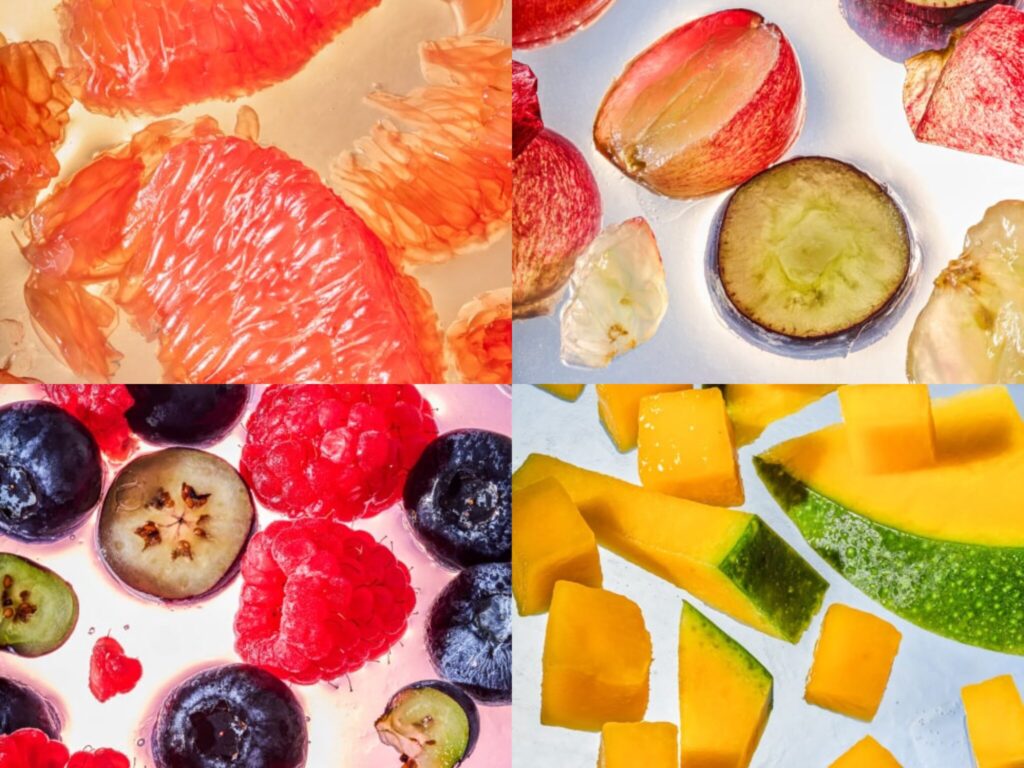
Oddball is launching with four flavours: mango, double berry, grape and pink grapefruit. To illustrate her point, she explains how the jelly snacks contain 50 calories per serving and include fruit purées, juice blend concentrates, gelling agents (like agar), and natural flavours. (For comparison, Jell-O’s Berry Blue offering is made up of sugar, gelatin, adipic acid, artificial flavours, disodium phosphate, sodium citrate, fumaric acid, and a food dye called blue 1.)
Target consumers, funding and launch plans
So, with its fruit-forward, cleaner-label, better-for-you jelly snacks, who is the average Oddball eater? “Jelly is one of those foods that could be consumed from [ages] 0-100. I have seen babies eat Oddballs, and I have seen older adults in the 70+ range really enjoy them as well,” reveals Cheng. “Oddball is made for all, whether you are vegan, kosher, halal, gluten-free, nut-free, etc. It is an easy snack that is light and fun. It is not a fad diet, it is not a fad food.”
Ultimately, she created Oddball for herself – a millennial who loves to snack, isn’t overly health-conscious, but is looking to change her diet and health with minimal compromises, meaning she still prioritises taste over anything. “I didn’t want Doritos or Lay’s, or Oreos… [or] a protein cookie or candy with so much fake sweetener that would give me a headache, or Ashwagandha chips that claim to bring me beauty or prosperity,” she tells me. “I wanted something that was delicious, convenient and with understandable, simple ingredients. I wanted to snack on real food, not chemicals. I wanted a snack that didn’t require effort to choose.”
And her own ethos extends to the brand name too, which she calls an “ode to jelly as a food, and myself”. “I’ve always thought jelly is one of those foods that’s funny, not too serious, a bit weird and a bit eccentric,” she explains. “At Oddball, we celebrate our eccentricities and differences, and we savour idiosyncrasies in life. Our brand promise is to break the mould in whatever we do… We want to remind people to embrace their inner Oddballs that I know we all have in us, and we want people to think of us when they think of Oddballs that have changed the world or made an impact.”
The brand is currently pre-launch, but you’ll find its products at Fairway/ShopRite and Fresh Direct stores in late spring, while Gold Coast will be its distributor in New York region. Cheng is also in talks with other retailers – including one of the nation’s largest. This year is all about completing Oddball’s reformulations, expanding the team, and entering retail.
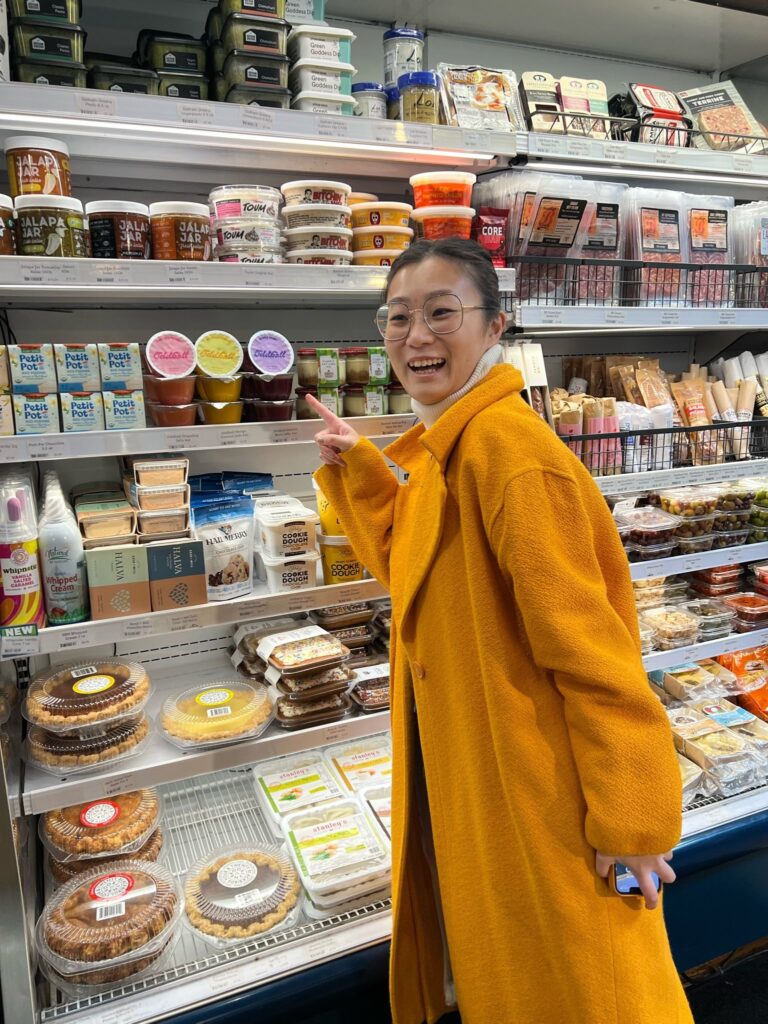
So far, Oddball has raised over $1M in a pre-seed funding round, with participants including former Lindt & Sprüngli CEO Dieter Weisskopf, Chew Innovation and Unreal Candy founder Adam Melonas, Hero Cosmetics founder Ju Rhyu, Dyson Beauty president Kathleen Pierce, 3.1 Phillip Lim co-founder Wen Zhou, and US Olympian Apolo Ohno. “I believe we might be the first – if not one of the first – woman-/immigrant-woman-founded CPG brands in the US that have raised as much as we did in pre-seed food companies,” says Cheng.
She explains that Oddball was created so that every person and child can learn to crave flavour over sugar and salt from a young age. The idea is to hit the ideal taste profiles, convenient accessibility, and the right price points. “It is not designed to only be on the shelf of specialty stores or Whole Foods – it is designed with the plan to be in every gas station, at every regular corner store in the country,” she says.
“Oddball is ultimately about improving accessibility to real, better-for-you foods,” she notes, adding: “Having control of our diet, I believe, is one of many building blocks of equalising playing fields for socioeconomic discrepancies… We shouldn’t need to be a nutritional specialist in order to know how to eat better.
“It’s a small step, but I believe all lifelong changes and habits come in bite sizes.”


